
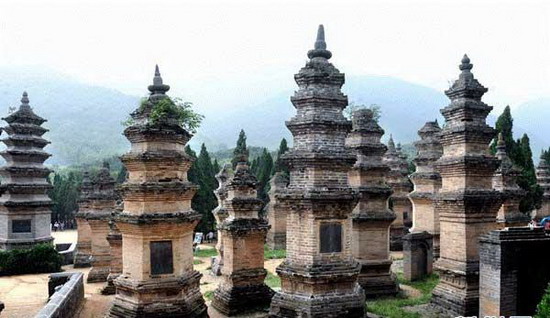 |
| Pagoda Forest in the Shaolin Temple |
Heritage values of the Dengfeng monuments at "The Center of Heaven and Earth"
It is rare worldwide that the historic Dengfeng monuments at "The Center of Heaven and Earth" have a variety of buildings that have such a high standard, such a long history, abundant connotations and far-reaching influence. It is the brilliant representation of rituals, religions, science and technology, and education in ancient China, the origin of ancient Chinese architectural technology and art, and also the most real and profound reflection of the unique world view and aesthetic standards of our ancestors. The historic Dengfeng monuments are the valuable testimony of extinct traditional cultures and are an unparalleled architectural art center in the ancient Orient, and an irreplaceable piece of world cultural heritage. It displays the magnificent ancient Chinese architecture and the brilliant and long history of China with its elegance, magnificence and resplendence.
The Shadows Measuring Platform and the Astronomical Observatory are the oldest astronomical observatory buildings that exist in China. The Shadows Measuring Platform was established in the Western Zhou Dynasty in about 1037 BC when Lord Zhou built a “Tu Gui,” the oldest time-measuring instrument, to measure the shadows in a day. In the Tang Dynasty, the “Tu Gui” was modified into the “Shi Gui.” The Astronomical Observatory was established in the Yuan Dynasty between 1276 AD and 1279 AD. Guo Shoujing had observed and discovered the method of recording time there, and created the “Shou Shi Li,” which was the world's most advanced calendar book at that time. There are only 26 seconds of difference between the “Shou Shi Li” and the current Gregorian calendar but the “Shou Shi Li” was invented 300 years earlier than that of the current Gregorian calendar. The Shadows Measuring Platform and the Astronomical Observatory are a representation of Chinese wisdom and ingenuity.
The Songyue Temple Pagoda was established in the Northern Wei Dynasty (about 520 AD to 525 AD) and is the oldest brick pagoda in China, and can be called the world's first tubular building. It is a perfect testimony of the exchange and integration of Chinese and western architectural arts, and is the origin and model for similar buildings in the East Asia region. It takes up an irreplaceable position in the world's history of architecture.
The main monastic architecture of the Shaolin Temple was established in the Northern Wei Dynasty in 495 AD, and has more than 30 buildings from the Ming and Qing dynasties, with each having a soul-stirring historical story. The murals titled "Five Hundred Arhats Worshiping Vairocana Buddha," "Book of Shaolin Boxing" and "13 Monks Saving Emperor Qin with Sticks," along with hundreds of existing stone tablet relics are a precious testimony to the cultural exchange, integration, innovation and development of China and the world. The Shaolin Temple was the birthplace of the Chan sect of Buddhism and Shaolin martial arts, becoming China's brightest building known overseas.




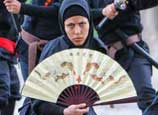


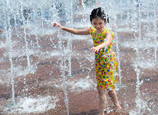

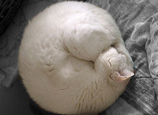
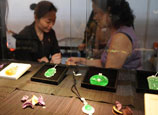







 Rainstorms flood more than 10,000 cars in underground garages in Wuhan
Rainstorms flood more than 10,000 cars in underground garages in Wuhan


![]()
